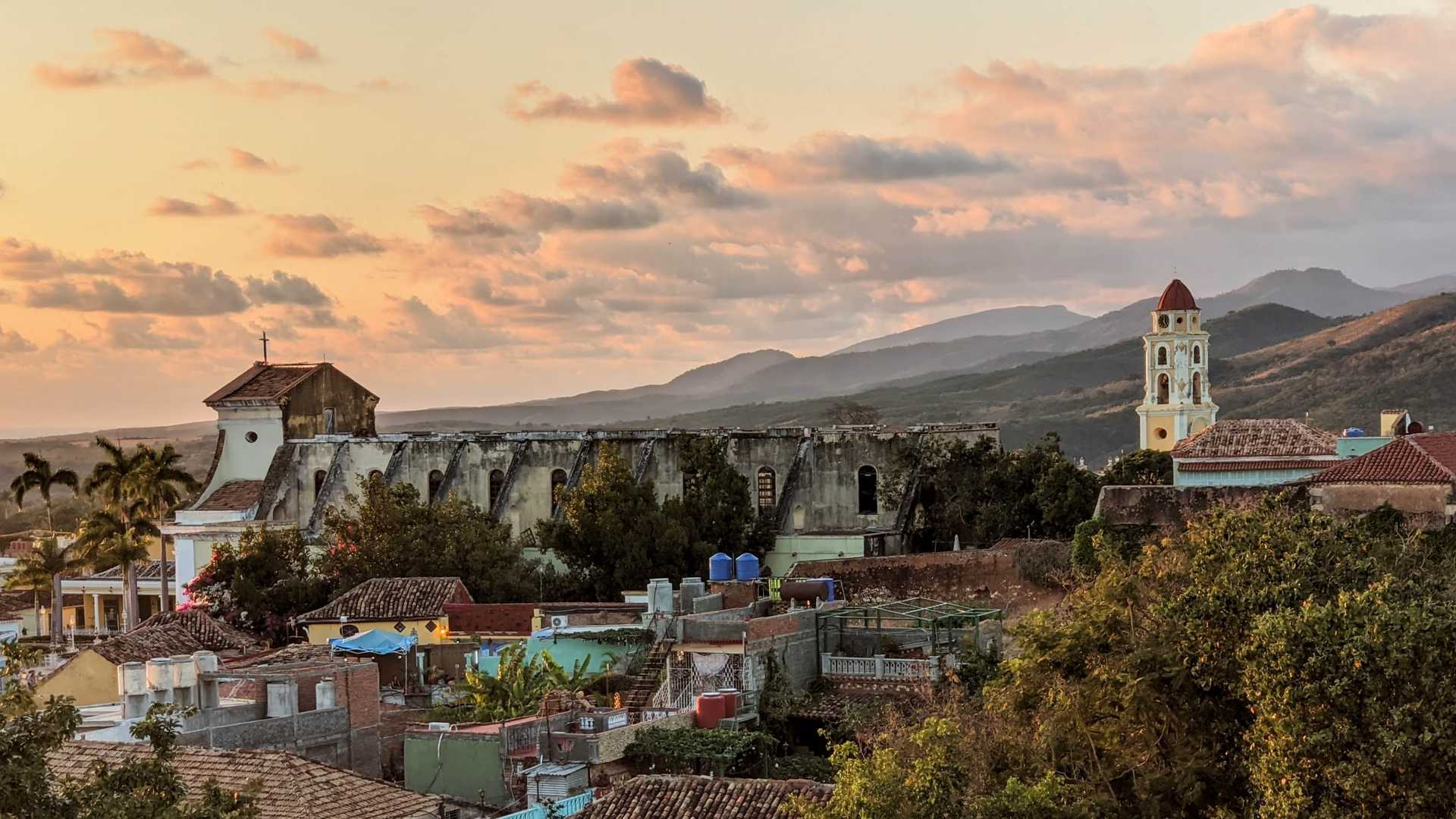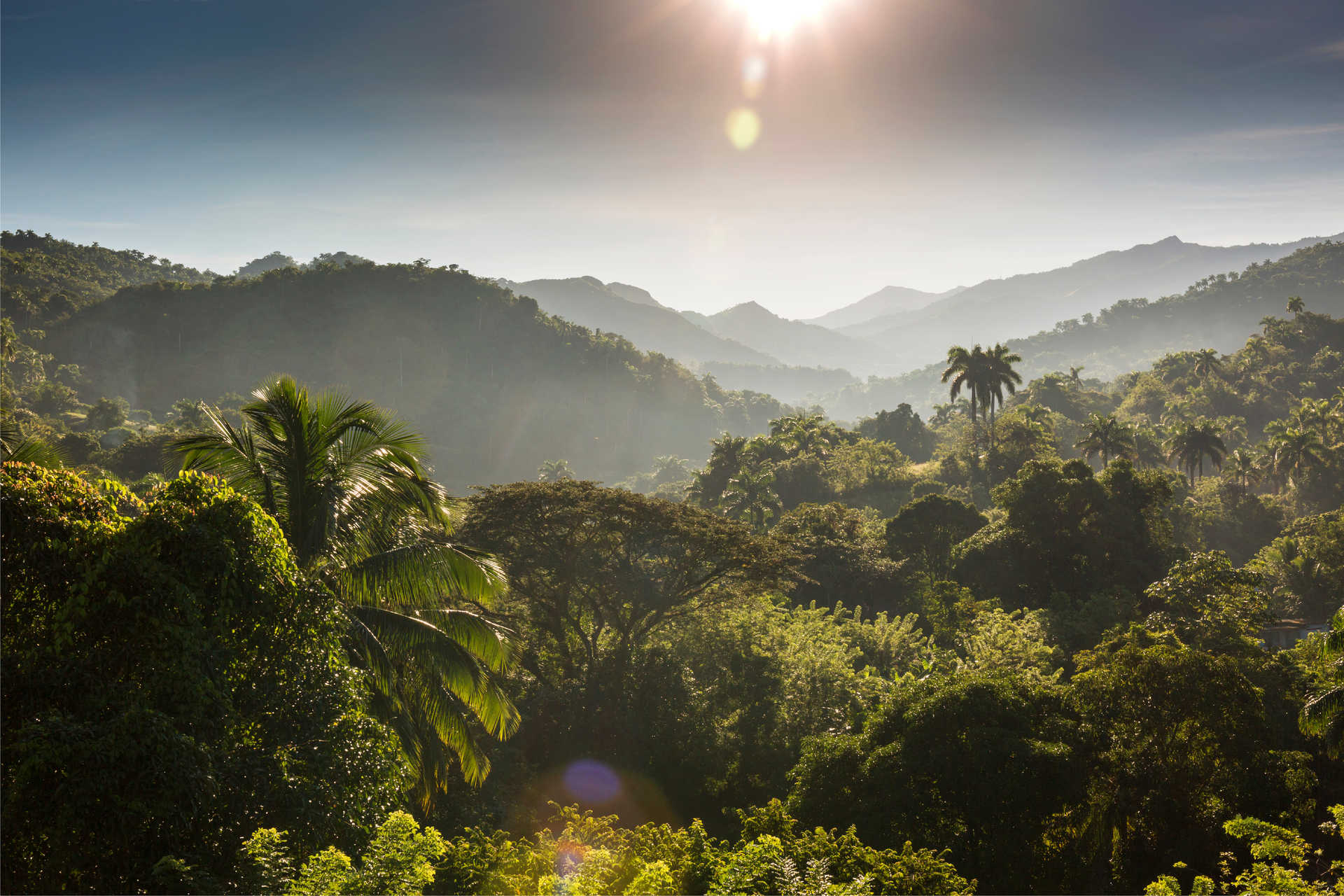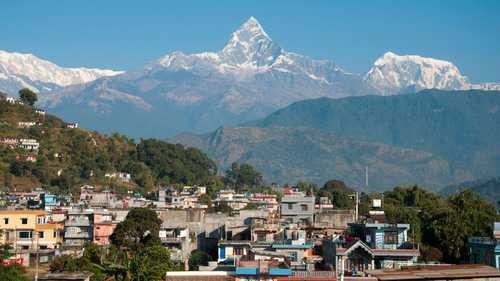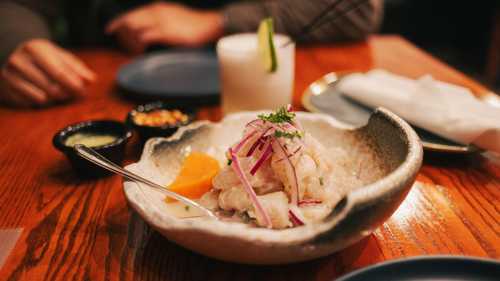Cuba is part of the West Indies, a chain of islands stretching from
the north coast of south America to Mexico's Yucatan Peninsula, a region also
commonly referred to as the Caribbean, although this is a much wider
area. Cuba is the largest of the Caribbean islands, stretching for 750 miles from east to west. Cuba has a population of 11.3 million people and around 2.1 million live in the nation's capital city, Havana.
Mainly flat lowland plains, Cuba's mountains cover about one third of the island. The highest peak is just under 2000m above sea level and can be found in the Sierra Maestra range on the southern coast near Santiago de Cuba. The Sierra Maestra are steep mountains and an ascent of Pico Turquino is a challenging two day climb. In the middle of the island, north of Trinidad you can find the Sierra Escambray mountains and in the far west, in Pinar del Río Province, the Guaniguanico Mountain Range.
Cuba is home to 20 endemic species most of which can be found on the Zapata Peninsula, the largest wetland environment in the Caribbean. The Cuban Crocodile, Cuban ground Iguana and Cuban Tree Boa are all endangered species that can be found in Zapata and other wetland environments around the island. Endemic birds include the Cuban Parakeet and Cuban Kite which is now critically endangered due to loss of habitat.





